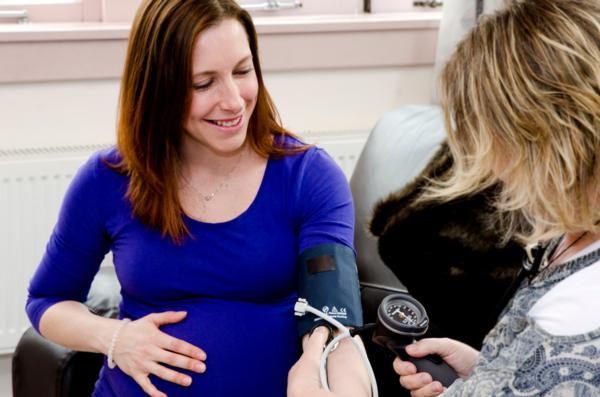NZ College of Midwives Comments on Australia's Biggest Ever Birth Study
The biggest ever Australian study on where women give birth has shown that giving birth at home or in a birthing unit is safe for well-women and babies.
This study confirms the existing evidence from New Zealand and other countries (such as the UK and Canada) that birthing in midwifery led units or at home reduces unnecessary birth interventions for women without compromising the safety of them or their babies.
Australian researchers analysed the birth outcomes for 1.25 million women from across every state and territory. They found that women who planned home births had the highest rate of “normal” labour and birth with no-interventions s (95.1%) closely followed by midwife-led birthing centres (89.2%). This compared to 78.6% of births in a hospital setting. There was no difference in the wellbeing of babies no matter where they were born.
The College of Midwives Chief Executive, Alison Eddy, says, “This study adds to the already considerable body of evidence which demonstrates the benefits of birth in primary settings such as home or primary birthing units. It reinforces the need for a stronger focus on increasing women’s access to primary birthing facilities within Aotearoa New Zealand. Our maternity system supports midwives to provide continuity of care and enables women to know their care giver during labour and birth. This differs to many other countries where maternity care can be hospital-led and fragmented.”
“I know many women who have had babies here and in other countries like Australia and the UK and they tell me how many more choices they have here and how much more positive and supportive their experience has been because of continuity of midwifery care.”
In 2017 the overall rate of home birth in New Zealand was 3.4%, 10% of women gave birth in a midwifery-led unit, 40.8% in a secondary maternity hospital and 42.8% in a tertiary maternity hospital. (MOH, Report on Maternity 2017, https://www.health.govt.nz/publication/report-maternity-2017)
Workforce shortages are threatening the ability of midwives to continue to provide the level of service New Zealand women expect. Supporting the community midwives with an appropriate payment structure which pays midwives for work that is currently expected but not funded would go a long way to supporting our maternity system.
“These issues continue to challenge us as we strive to provide the outcomes our midwifery continuity care model can deliver,” Eddy. “We have been negotiating with the Ministry of Health for more than four years now. We all know what works best, here’s even more evidence, we wish they would just get on with it."

